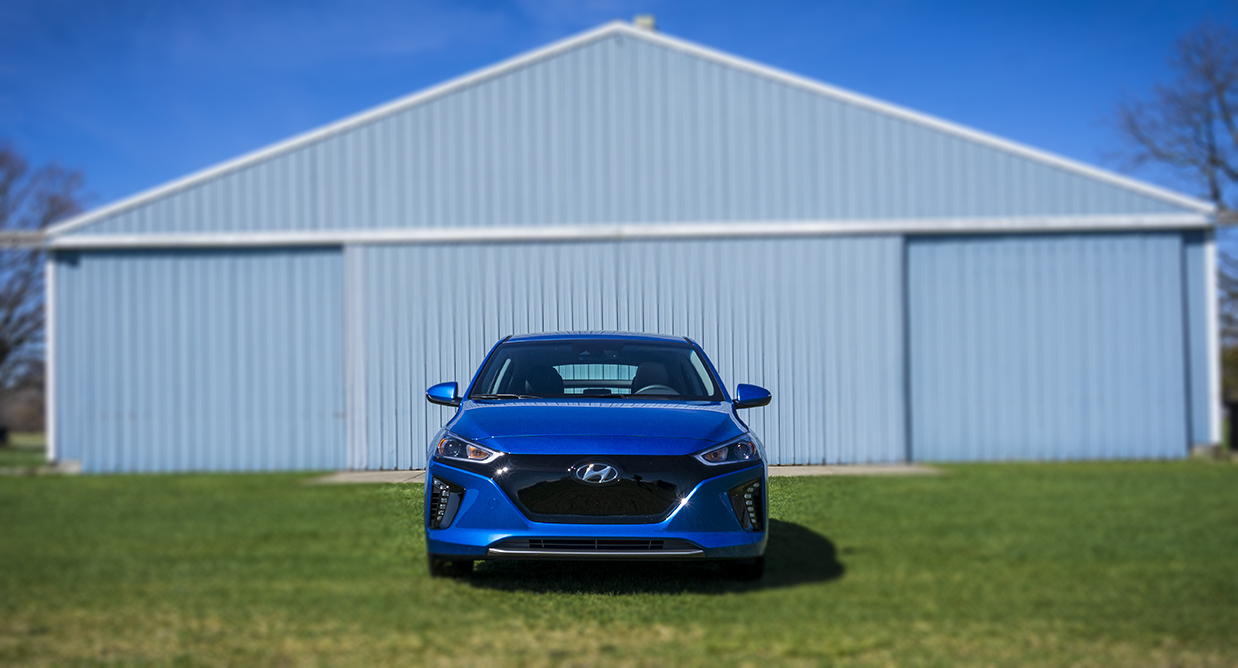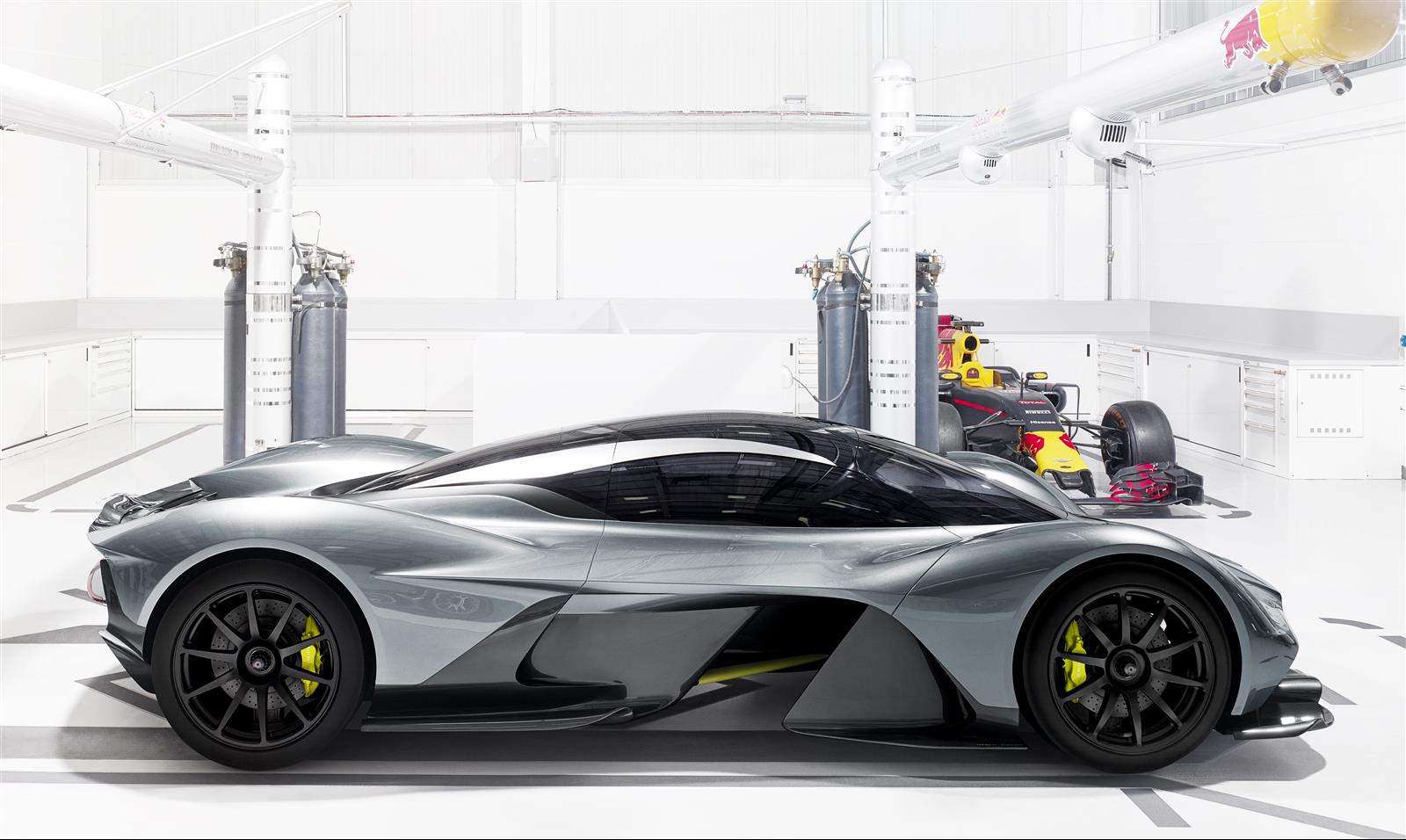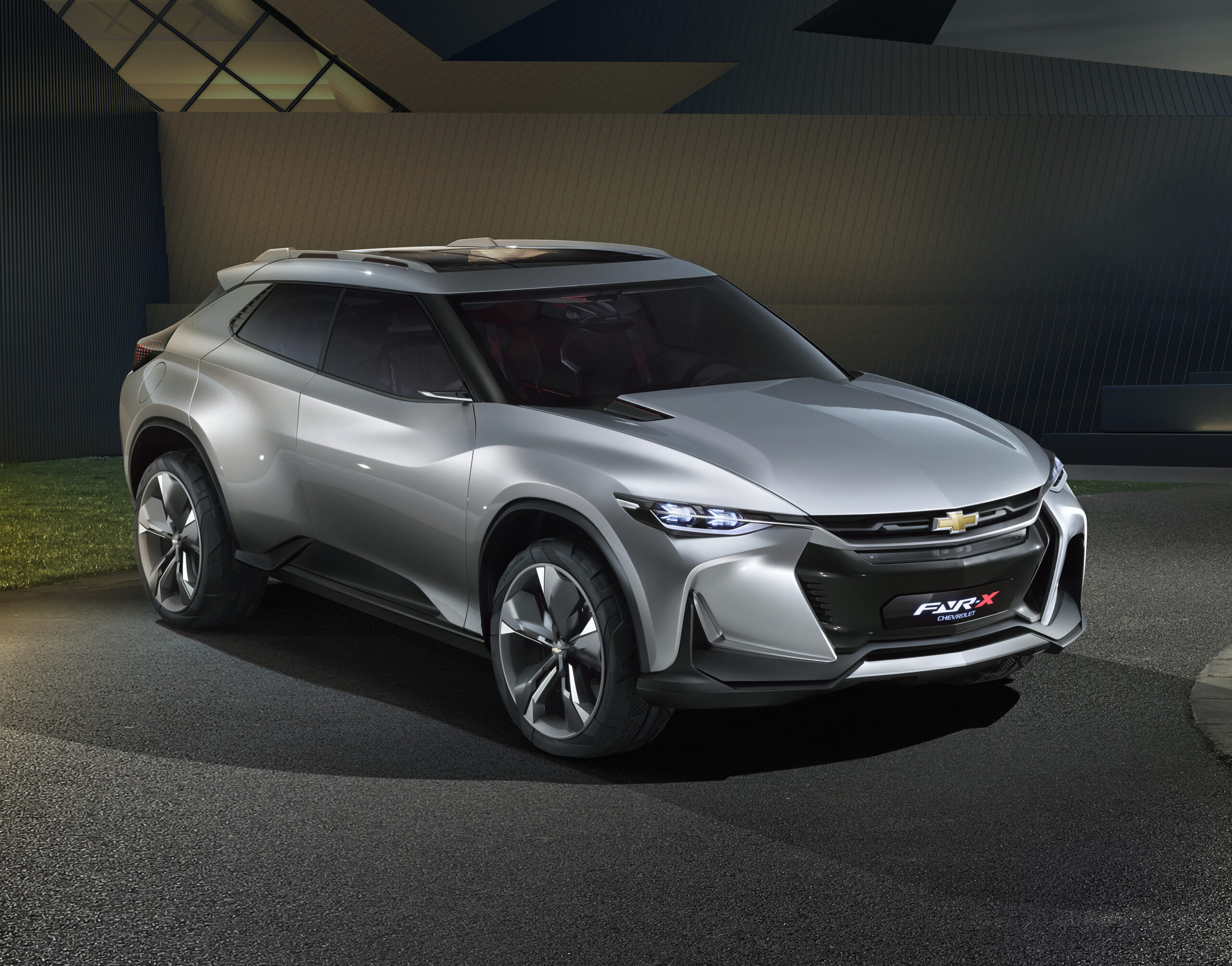Monday Musings: Electrification, Autonomy, and Latent Consumer Needs.

There’s a quote that’s been falsely attributed to Henry Ford so many times that he might as well have said it,
If I asked people what they wanted, they would have said “faster horses.”
Whether he said it or not is irrelevant. The important thing is the sentiment and the truth behind it. In general, people are really bad at predicting the future. The iPhone was widely predicted to fail by industry experts. Consumer research predicted that “New Coke” would be a blockbuster success. And even though it was launched with an unbelievable amount of hype, the world yawned when the Segway finally hit the streets.
That’s what makes being in the auto business right now so challenging. Some very big bets are being made in autonomous technologies. If you took all money spent over the next ten years to create self-driving cars you’d have the GDP of most of the nations of the world. Ford alone says it will spend $4.5 billion in the next five years on new cars that will feature autonomous technologies. Every other manufacturer is in as well. It seems they are all bent on proving Nobel prize winning physicist Dennis Gabor right when he said,
The future cannot be predicted, but futures can be invented.
If you poll ordinary drivers in the U.S. only 24% think autonomous cars can be safe. According to a recent poll of younger drivers only 30% would choose an electric car over a gas-powered car if the price were the same.
So what’s behind the push for both technologies if very few people are interested in buying them? In both cases believe it or not, it’s the pursuit of the common good.
Every year, about 1.3 million people die and between 50 and 60 million people are seriously injured or disabled in car accidents worldwide. Self-driving cars properly executed will save a lot of lives. Saving those lives will come at a cost, just as airbags, anti-lock brakes, and other safety technologies have added cost to cars. But today, none of the technologies are proven and there will be non-autonomous cars on the road as well complicating things. This is a long, slow, process and even though Ford and BMW have both promised autonomous vehicles in operation on public roads by 2021, that will be in very limited applications. We’ll see plenty of Level 3 autonomy in the years to come, but fully self-driving cars won’t make up a majority of the world’s fleet anytime soon.
The technology that’s closer to reality is electrification which will benefit us by greatly reducing greenhouse gas emissions and slowing man’s impact on climate change. Alternative fuel vehicles (hydrogen, fully-electric, plug-in hybrid, and hybrid) have accounted for between just 2% and 4% of retail sales over the last 5 years. Range anxiety, availability of charging stations, charge time, and perceptions of these cars as slow and ill-handling have kept numbers low. Tesla has done some work to change perceptions, but only for those who can afford to spend $75,000 or more on a car. Recent developments including the introduction of the Chevy Bolt and Hyundai Ioniq should help change those perceptions even more. (I spent a day with the all-electric Ioniq recently and will be writing a review soon.)
The Bolt delivers 238 miles of real-world range for $37,000 still a fair piece of change for a small car. The Ioniq 124 miles for $29,500, a much better value proposition. Both bring all-electric to a whole new set of buyers. Knowing what I experienced in the Ioniq – and if what I’ve read about the Bolt is true – both deliver a driving experience that is equal or even better than many gas-powered compact cars. They are quick off the line, corner well, and thanks to not having all those little explosions under the hood, very quiet. The challenge with both cars still is charge time and the availability of quick charging stations.
Acceptance of electric cars will happen much more quickly than autonomous vehicles, in part because you can actually buy good electric cars now and more people will experience, as I did, how normal driving an electric car can be. The big wins will come as battery technology improves, increasing range and reducing charge times. Once this happens, the economic advantages of electric cars will become overwhelming and we’ll see adoption happen at a much higher rate.
As for self-driving cars, that’s a long way down the road. In the meantime, we’ll have to focus on other interim actions to cut down on accidents and injuries, like getting people to put their mobile phones while they’re driving.



